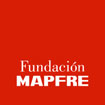Art and culture
![Henry Moret L’Attente du retour des pêcheurs [Esperando el regreso de los pescadores], 1894](/media/arte-cultura/exposiciones/maxime-maufra-768x618-1.jpg)
Henry Moret
L’Attente du retour des pêcheurs [Waiting for the fishermen], 1894
Association des Amis du Petit Palais, Ginebra
© Studio Monique Bernaz, Genève
SEP.19.2024 – JAN.05.2025, MAD
Paul Durand-Ruel
And the Twilight of Impressionism
This exhibition has a twofold objective. Firstly, it aims to raise awareness of the extraordinary art dealer and patron Paul Durand-Ruel (1831-1922), who championed and promoted the most innovative and original art of his time, initially from his Parisian gallery and later from branches in New York, London, and Brussels. Secondly, it seeks to contextualize and highlight the work of five artists from the last generation of the Impressionist movement whom he openly supported (André, D’Espagnat, Loiseau, Maufra, and Moret), giving them the recognition they deserve in the history of art.
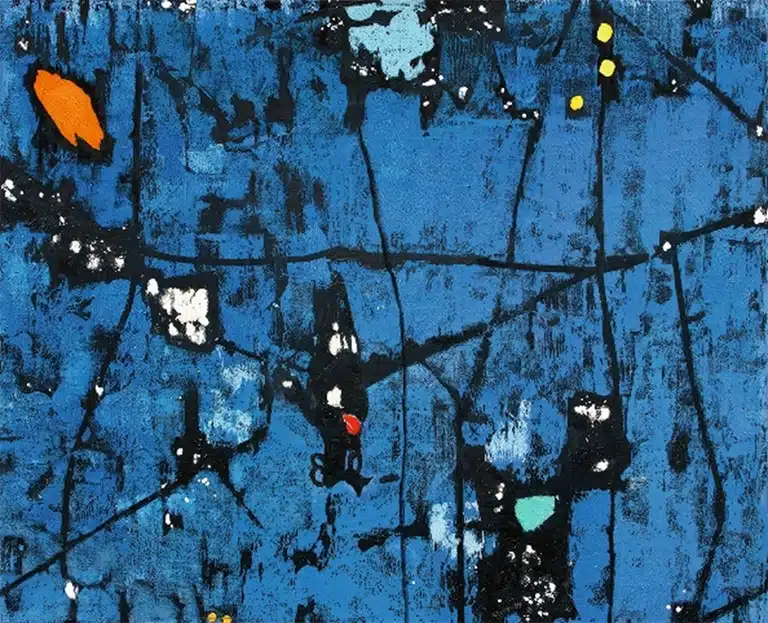
Buffie Johnson
The Middle Way / The Great Mother Rules the Sky (Astor Mural), 1949-1959
The 31 Women Collection
© Estate of Buffie Johnson
SEP.19.2024 – JAN.05.2025, MAD
31 Women
An Exhibition by Peggy Guggenheim
31 Women: An Exhibition by Peggy Guggenheim brings together the work of the thirty-one artists who participated in the 1943 exhibition ‘Exhibition by 31 Women’, organized by Peggy Guggenheim at her New York gallery, ‘Art of This Century’. Many of these artists were associated with the Surrealist movement and Abstraction, encompassing both established figures and emerging talents in the art scene.
The exhibition underscores Guggenheim’s role as a patron and addresses the context in which the women artists she worked with at her New York gallery developed their work, as well as the collaborative networks they established among themselves.
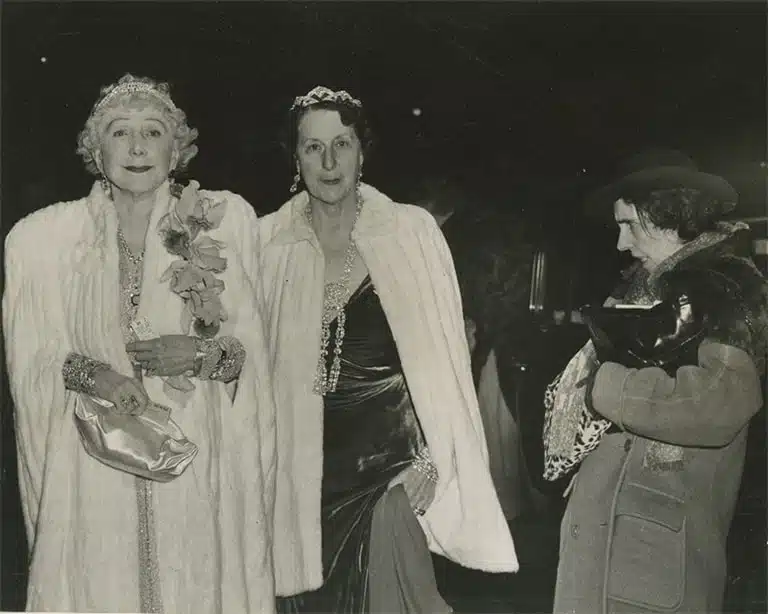
Weegee
The Critic, New York, November 22, 1943
© International Center of Photography. Collection Friedsam
SEP.19.2024 – JAN.05.2025, MAD
Weegee
Autopsy of the Spectacle
Arthur H. Fellig, known as Weegee (1899-1968), quickly gained international acclaim for his photographs of the underworld and the marginal environments of New York nightlife in the 1930s and 1940s. However, his work related to his stay in Hollywood (1947-1951), which focused on the Californian upper class and the social life of major film stars, has not generally received the same recognition. This exhibition aims to resolve this disparity by highlighting the importance and relevance of this second period in the way it expresses a critique of the ‘society of the spectacle’, as well as its continuity with the best-known part of Weegee’s oeuvre.
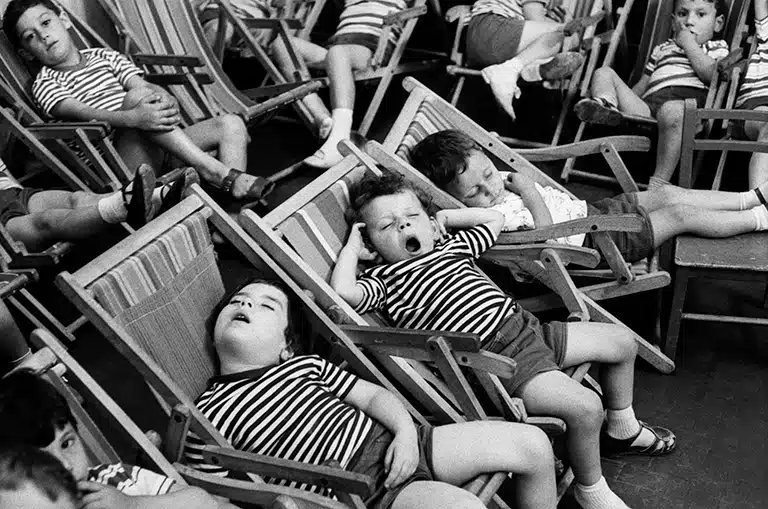
Henri Cartier-Bresson
Naples, Italy, 1960
© Fondation Henri Cartier-Bresson / Magnum Photos
OCT.11.2024 – JAN.26.2025, BCN
Henri Cartier-Bresson
Watch! Watch! Watch!
Born in 1908 and died in 2004, Cartier-Bresson was a witness of the 20th century, of which he ended up becoming probably the best-known photographic chronicler. In 1947, he founded, together with Robert Capa, the Magnum agency, which distributed his photographs all over the world. His interest was always in capturing with his camera what he called “the decisive instant”, a conception of photography that he was able to translate into images as surprising as they were moving, many of which have become icons of the last century.
This exhibition, organized in collaboration with the Bucerius Kunstforum in Hamburg, offers a broad and profound approach to his work as a whole.
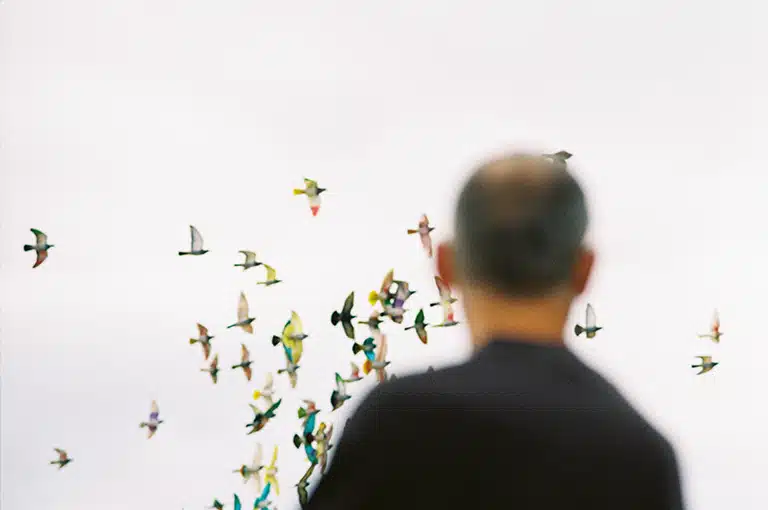
Malu Reigal
Pan, pijo y habas, 2021-in progress
© Malu Reigal
OCT.11.2024 – JAN.26.2025, BCN
KBr Flama’24
KBr Fundación MAPFRE presents the fourth edition of its annual event showcasing emerging creators and the new generation of photographers who are embarking on their professional careers after completing their studies in Barcelona. This year’s exhibition will feature the projects of laura aranda lavado (Granollers, 1994), Estefania Bedmar (Cerdanyola del Vallès, 1989), Malu Reigal (Murcia, 1992), and Alain Rojas Pastor (Esplugues de Llobregat, 1987), selected by a jury formed on this occasion by Carles Guerra, Silvia Omedes and Arianna Rinaldo.
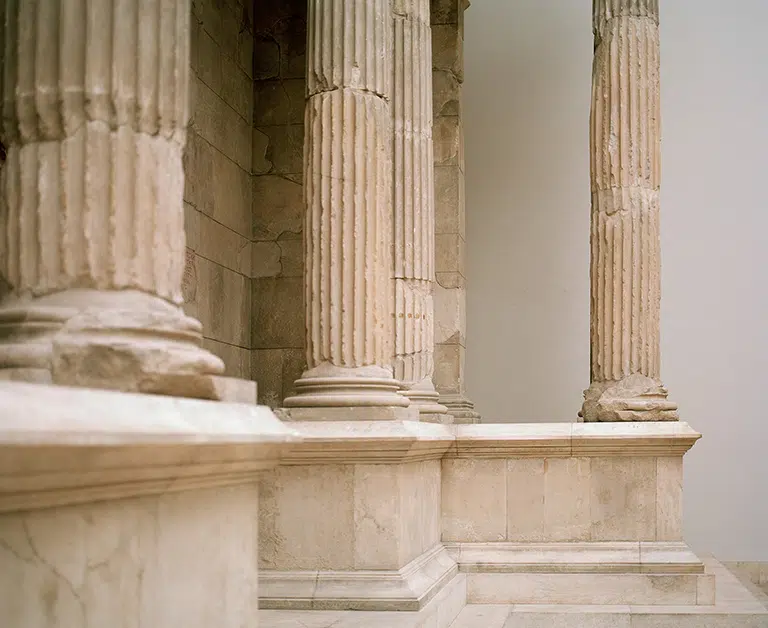
Bleda y Rosa
Mercado [Market]. Door of the Miletus market. Pergamon Museum, Berlin, 2021. Series Tipologies
© Bleda y Rosa, VEGAP, Barcelona, 2023
Bleda y Rosa
–
Dialectics. Tales of memory. Landscape.
Without a doubt, María Bleda (Castellón, 1969) and José María Rosa (Albacete, 1970) are one of the most unique artistic duos on the contemporary Spanish photographic scene. For three decades they have been exploring together, through rigorous and profound visual research, the dialectic between landscape and territory, between history and memory, between image and text.
Winners of the 2008 National Photography Prize, Bleda and Rosa have developed a language of their own, between the visual and the textual, as a means of reflecting on the different meanings and evocations that the human gaze conjures in contemplation of the landscape, as reflected in the series Campos de fútbol [Footbal pitches], Campos de batalla [Battlefields], Origen [Origin] and Prontuario [Compendium]. For the first time ever, this exhibition brings together their entire body of work, presented in a video installation where projections invite us to experience their art with other contemplative rhythms.
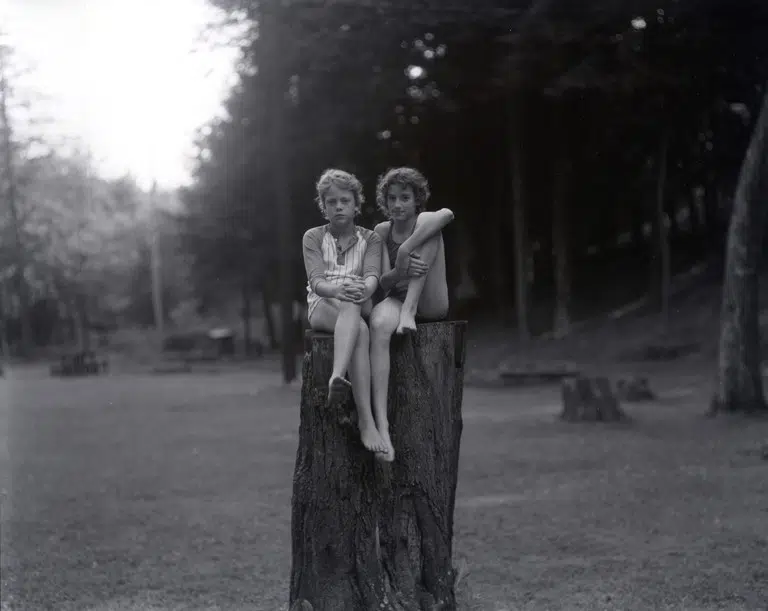
Judith Joy Ross
Untitled, Eurana Park, Weatherly, Pensilvania, 1982
© Judith Joy Ross, courtesy Galerie Thomas Zander, Cologne
Judith Joy Ross
–
Philadelphia Museum of Art, USA.
Personal. Portraiture. Existencial.
Through her lens, the American photographer Judith Joy Ross explores the emotional world of those around her, seeking to answer existential questions. Influenced by Lewis Hine, August Sander and Diane Arbus, the photographer has become one of the most influential artists in the portrait genre, demonstrating that she is capable of capturing the present, past and future of the individuals who happen across her camera.
In the 1980s, after several trips to Europe, Ross acquired an 8 x 10 inch camera so that she could take portraits of “ordinary people” in public places, usually working class individuals, like herself, with whom she establishes a unique relationship. Through her photographs she does not seek to glorify or judge the subjects she portrays, simply to portray their most human side.
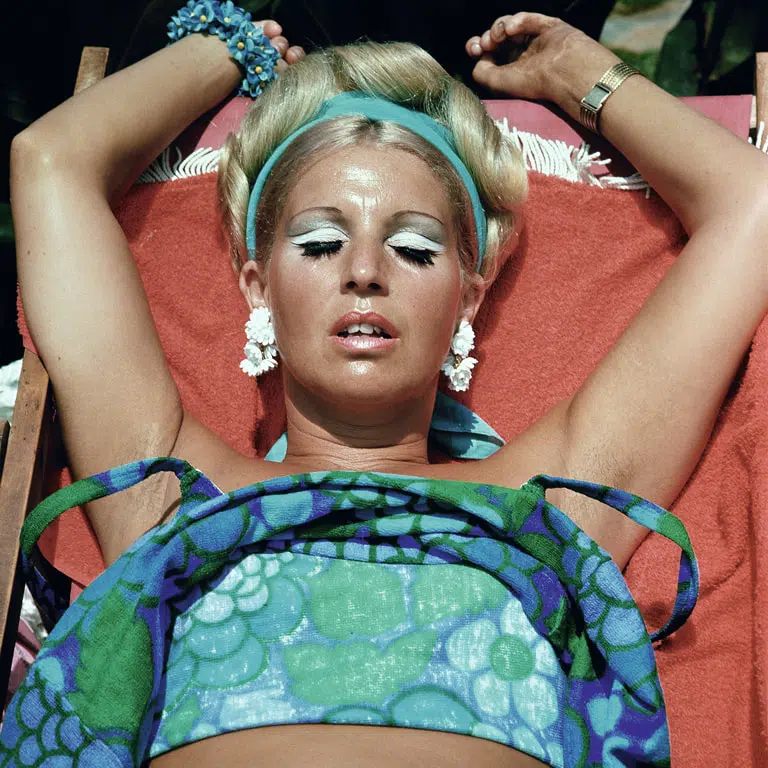
Carlos Pérez Siquier
Marbella, 1974
© Pérez Siquier, VEGAP, Madrid, 2023
Carlos Pérez Siquier
–
The edge of society. Culture shock. Color.
Carlos Pérez Siquier (1930-2021), a leading figure in the forging of photographic modernism and the professionalizing of this medium in Spain, enjoyed a prominent place on the Spanish scene, firstly for his neorealism work and later as a pioneer of color photography. This artistic endeavor earned him the National Photography Award in 2003.
His photographic series deal with the edge of society, the visual alterations triggered in the environment by the Franco-era developmentalism, and the cultural shock produced by the enormous influx of foreign tourists in Spain, up to his retreat, in the latter stages of his life, to more personal spheres. As a retrospective, this exhibition covers his most iconic series, produced between 1957 and 2018, with an important number of previously unpublished images and documentary contributions that enrich his discourse.
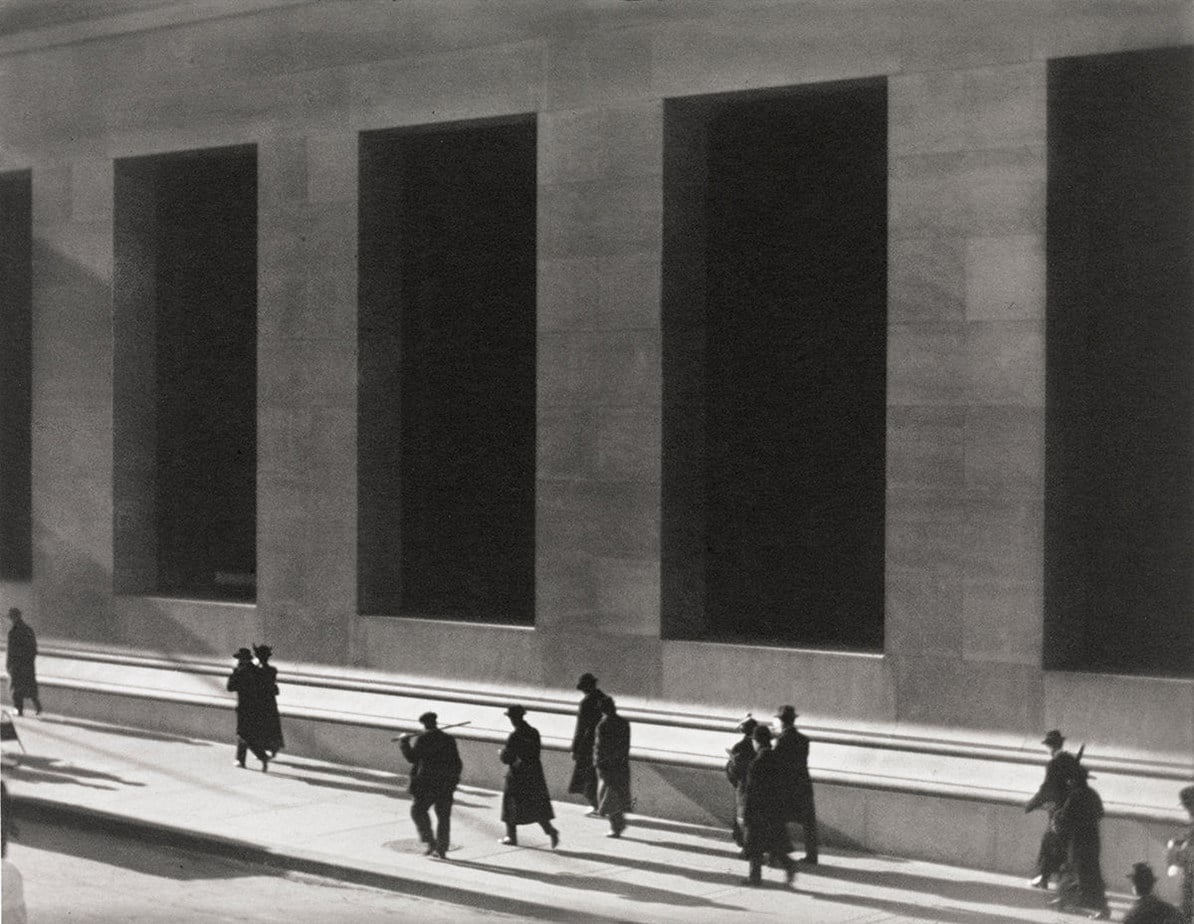
Paul Strand
Wall Street, New York, 1915
Fundación MAPFRE Collections
© Aperture Foundation Inc., Paul Strand Archive
Paul Strand. Direct beauty. Photographs from the Fundación MAPFRE Collections
–
Fondation Henri Cartier-Bresson, Paris
Straight photography. Abstraction. Documentary.
Born in New York, Paul Strand (1890-1976) was a man ahead of his time, fusing socially committed photography with more modern trends that explored naturalness, laying the foundations of what would later be known as “straight photography”. This artistic process stemmed from his knowledge of contemporary art derived from his relationship with artists and theorists, such as Alfred Stieglitz, together with his intuition and his capacity for synthesis.
The exhibition features a wide selection (110 images) of Strand’s photographs from Fundación MAPFRE’s collection, focusing on the different themes explored by the artist: geometries, landscapes, portraits and countries. Therefore, it does not only include his landscapes and urban scenes, marked both by a search for abstraction and a documentary approach, but also a number of anonymous faces portrayed with great naturalness, offering us an intimate perspective.
